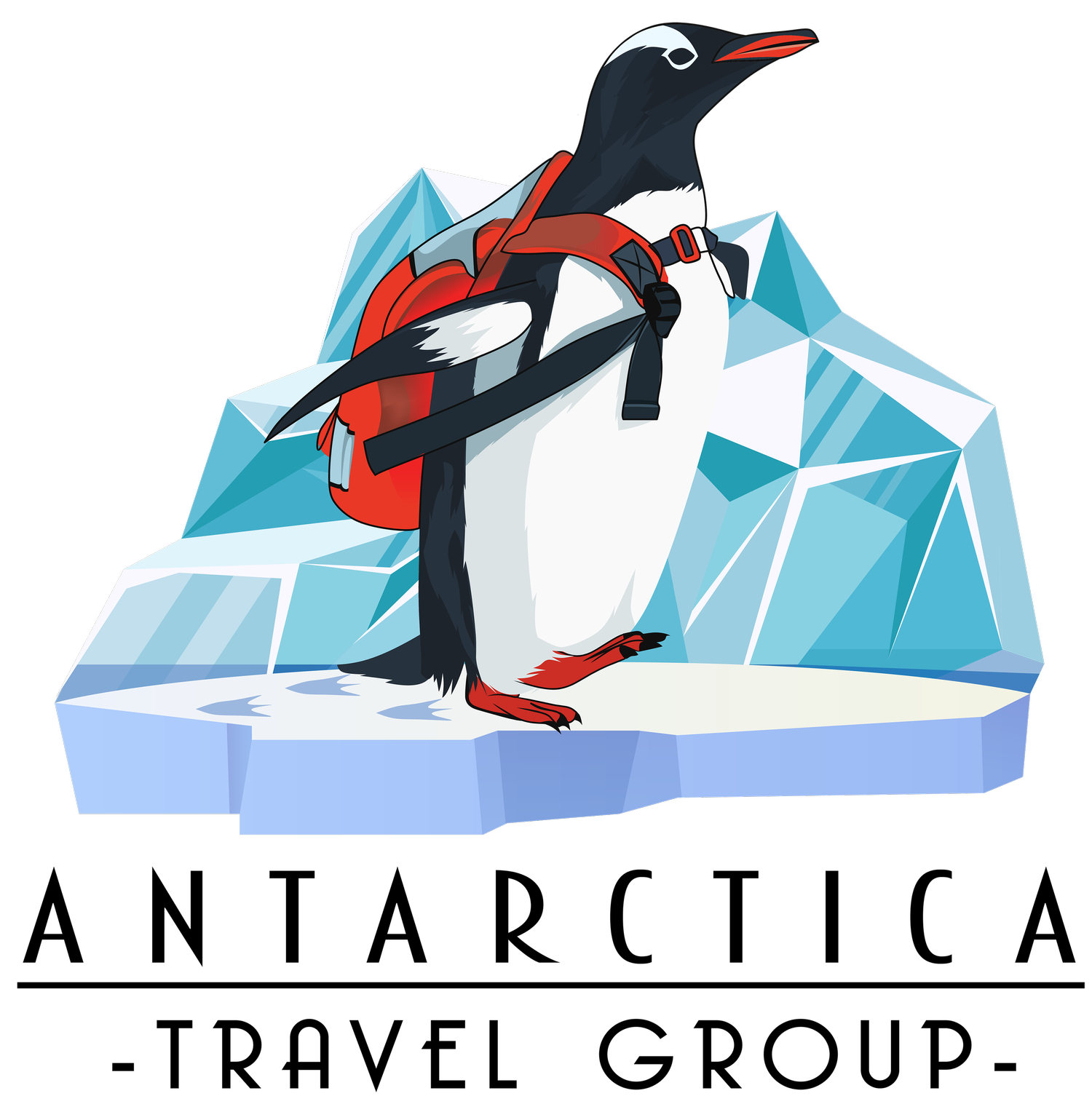Antarctica Wildlife Etiquette: The Responsible Explorer's Guide
Travelers observe a King Penguin at Jason Harbour, South Georgia
Hello, adventurous souls! Today we're going to take a virtual journey to a place where the air is crisp, the landscapes are breathtakingly stark, and wildlife roams undisturbed – Antarctica, one of the largest protected spaces on our precious planet.
As explorers of this icy paradise, we carry a significant responsibility on our shoulders to respect and protect its stunning landscapes and unique biodiversity. Our expedition guides, those polar experts with their encyclopedic knowledge of Antarctica, are dedicated to safeguarding both guests and wildlife. But we all have a part to play, right?
Wandering albatross taking off from the water in the Bay of Isles, South Georgia
Antarctica is becoming a popular place. It is, of course, quite remote and hard to reach, but the word is getting out there and people are curious, now more than ever, to discover the seventh continent. Consequently, the number of travelers to Antarctica steadily increases year-over-year and new, purpose-built expedition tourism vessels are coming into the Antarctic expedition tourism market. As a result, it is critically important to have guidelines in place that help us protect the environment and wildlife of Antarctica, and limit the impact our visitation has in Antarctica.
The expedition tourism industry has taken massive steps to self-regulate tourism in Antarctica by creating the International Association of Antarctic Tourism Operators (IAATO). Established in 1991, IAATO is a member-led organization that promotes best practices for tourism expeditions in Antarctica. On your expedition you will become more familiar with IAATO and the guidelines they produce and revise in accordance with best practices each season. These guidelines will be explained to you in detail by your expedition leader when you are on your journey, but we’ve out together a brief collection of our expert advice below.
So, let's gear up (mentally, for now) and navigate the ice-cool rules of wildlife viewing etiquette in Antarctica. Let's ensure our voyage is a story of celebration and conservation, not intrusion.
We Are The Guests, They Are The Hosts
Kayakers find a Leopard seal on glacial ice in Cierva Cove, Antarctic Peninsula
Remember, all wildlife in Antarctica is protected. Penguins, seals, whales, birds – every creature in this icy wonderland is a VIP (Very Important Penguin, or Pinniped, or Petrel!). When we set foot on this pristine land, we're stepping into their home. It's essential we act like considerate guests.
The 'Invisible Fence' Around Wildlife
Rules are rules, especially when they are in place to safeguard the inhabitants of such a delicate ecosystem. There are mandatory distances we need to maintain from all wildlife in Antarctica. Imagine an invisible fence between you and the adorable penguin waddling by - this invisible boundary is crucial for their comfort and safety.
Seasonal Sanctuaries
Just as we have seasons for various activities, Antarctica's wildlife also has seasonal behaviors and needs. Certain areas might be completely closed during specific times of the year to protect breeding sites or other vital wildlife activities. Our adventure must respect these cycles of life.
A Sea of Guidelines
Penguins porpoising near Danco Island, Antarctic Peninsula
Not just the land, the icy Antarctic waters also have their rules. The Southern Ocean is teeming with life, and certain regulations are designed to ensure our activities don’t disturb its inhabitants. Whether we’re cruising aboard the expedition ship or gliding in a kayak, we must ensure we're riding the waves of responsible tourism. Your expedition team will brief you on the rules of the road before each landing and zodiac cruise, but we have a things to always keep in mind when visiting Antarctica:
Considerate Viewing – A Few Quick Tips
Patience is a Virtue: Wildlife moments can't be rushed. Be patient, and nature may just reward you with some truly unforgettable sights.
Silence is Golden: Keep noise to a minimum to avoid startling the animals. Plus, the sounds of Antarctica itself - the echo of cracking ice, the call of a distant bird - it's an orchestral performance you don’t want to miss.
No Paparazzi Please: Avoid flash photography. You might dazzle the wildlife, and not in a good way.
Leave No Trace: The only thing you should leave behind is your footprints, and the only thing you should take away is memories (and photographs).
Respect Your Guides: Listen to your expedition leaders. They’re not just your guides but also guardians of this extraordinary place.
As we embark on our Antarctic expeditions, let's strive to be ambassadors of this unique landscape, celebrating its wildlife with our respectful viewing. After all, we're just brief visitors to the great white south, but the impact of our actions can be lasting. Happy, and responsible, exploring, everyone!
Humpback whale breaching in Charlotte Bay, Antarctic Peninsula





